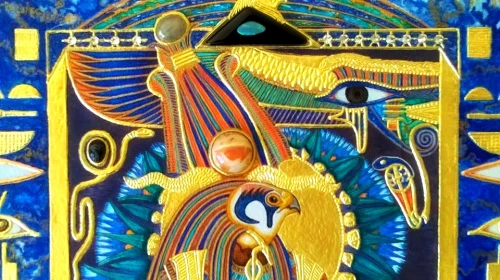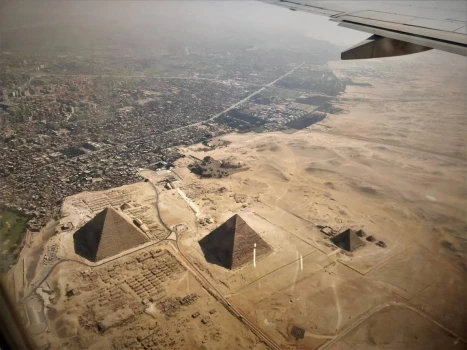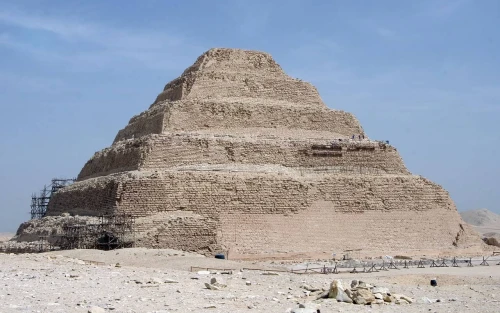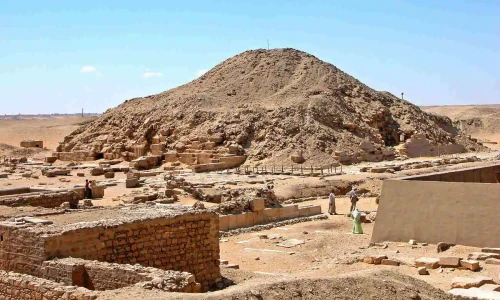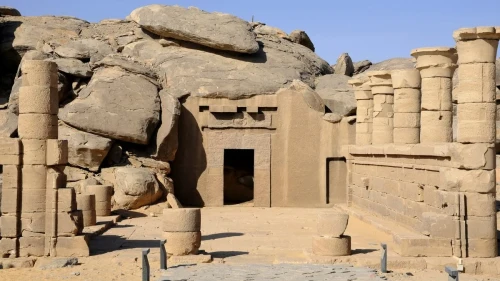
Exploring Beit El-Wali: The Hidden Gem of Ancient Egyptian Architecture
A few of the world's most stunning ancient architectural marvels may be found in Egypt. Three well-known and well-liked tourist locations include the Valley of the Kings, the Pyramids of Giza, and the Temples of Luxor and Karnak. But, there are a tonne of additional undiscovered masterpieces of antiquity waiting for intrepid tourists to find them. One such treasure is Egypt's Beit El-Wali, a little temple that is sometimes disregarded by tourists but has a major role to play in the history of ancient Egypt. This article will examine Beit El-Wali, its background, and its attractions.
Beit El-Wali is a little sandstone temple that was erected during Pharaoh Ramesses II in Egypt's Nubian area. The temple was erected in Amun's honour and as a tribute to Ramesses II's victory in the Battle of Kadesh. The temple is special since it is the only one that Ramesses II himself constructed totally, with no additions or alterations made afterwards.
History of Beit El-Wali
Beit El-Wali is an architectural marvel despite its little size. A centre hall is surrounded by two smaller halls in the temple's traditional Egyptian design. The facade of the temple is embellished with exquisitely carved reliefs that show events from the Battle of Kadesh and the sacrifices given to the gods. The temple's interior is as stunning, with vibrant murals that have stood the test of time.
The geographic position of Beit El-Wali is among its most intriguing characteristics. The temple was relocated to its current position during the construction of the Aswan High Dam in order to prevent flooding. The temple was originally built on the banks of the Nile River. The temple was painstakingly taken apart, transported piece by piece, and then rebuilt in its new position. Its move was an engineering accomplishment in and of itself, and it is evidence of the commitment of those who sought to preserve this significant aspect of history.
Even among locals, Beit El-Wali is now a relatively obscure tourist attraction. For anybody interested in the history and architecture of ancient Egypt, this modest temple is nevertheless worthwhile seeing. Within the temple, visitors may stroll about and take in the exquisite carvings and murals that have lasted for thousands of years. The Nile River and the surrounding desert scenery can be seen beautifully as they stroll around the temple.
One of the advantages of visiting Beit El-Wali is that it is moderately obscure to sightseers. Visitors can explore the temple without battling the groups that are normal in other famous traveler objections. This additionally implies that guests can require some investment to see the value in the subtleties of the sanctuary and study its set of experiences without feeling hurried.
All in all, Beit El-Wali is an unlikely treasure of old Egyptian architecture that is ready to be found by inquisitive voyagers. The temple's great design, delightful carvings and works of art, and exceptional area make it a must-visit objective for anyone with any interest in old Egyptian history. Whether you are an engineering buff, a set of experiences lover, or simply an inquisitive voyager, Beit El-Wali is an objective that ought not be missed.
 English
English
 Spain
Spain


